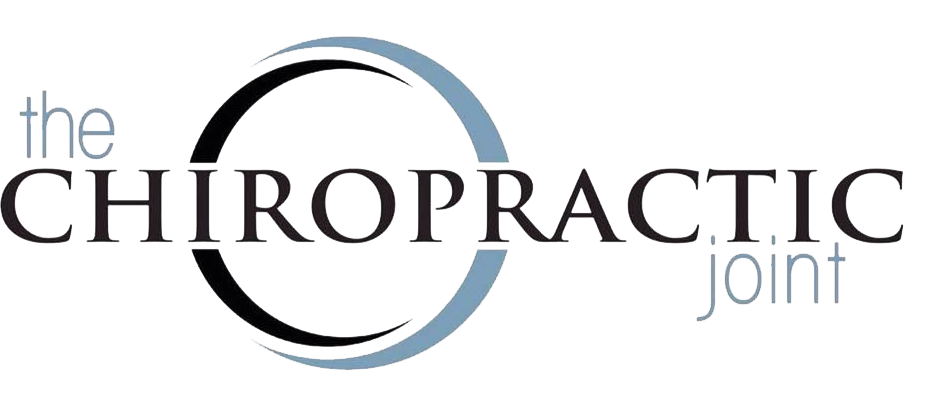Low Back Pain
Much of the pain in your back typically comes from the nerves of the spine that pass through the facet joints (the joints that connect your vertebrae that makes up the spine). The facet joints interlock at the back of each spinal bone. The normally smooth surfaces on which these joints glide, can become rough, irritated, and inflamed.
Low back pain may be caused by trauma, overexertion, inherited spinal abnormalities, lifting incorrectly, and even by improper sitting. Another thing that people don’t realize that may cause low back pain is carrying a wallet in your back pocket. What this does is, when in the seated position, causes your pelvis to elevate higher on one side causing your low back to “kink” in one direction which adds more load to that size and will eventually cause pain and nerve irritation.
Another common cause would be a bulging disc, which is when your disk bulges out of the spine and puts pressure on the spinal cord. This is usually very painful and can interfere with walking. The result is often numbness, tingling, and pain down one or both legs.
Surgical treatment is one of the most common resolutions for low back problems. The surgery usually involves removing these facet joint and exposing the spinal cord. With a bulging disc they would cut away the bulging tissue which can permanently alter the ability to separate and cushion the adjacent bones. The surgical treatment rarely addresses the underlying structural cause(s) of the problem.
The chiropractic approach is to help restore a normal motion and position of the affected spinal bones with specific chiropractic adjustments. The simplicity and success of this approach has been documented in numerous research projects and have helped many patients avoid surgery.
Another type of treatment would be spinal decompression, particularly for a disc bulge. A spinal decompression unit decompresses the back releasing the pressure off your nerves. It gives you instant pain relief during decompression therapy. It also pumps the disc to help the bulge “sink in” to its accurate location. This treatment usually lasts about 30 minutes and consists of 20 visits.
Did you know that low back pain results in millions of dollars of lost work? Did you know that many research projects show conservative chiropractic care is safer and more effective than back surgery?


